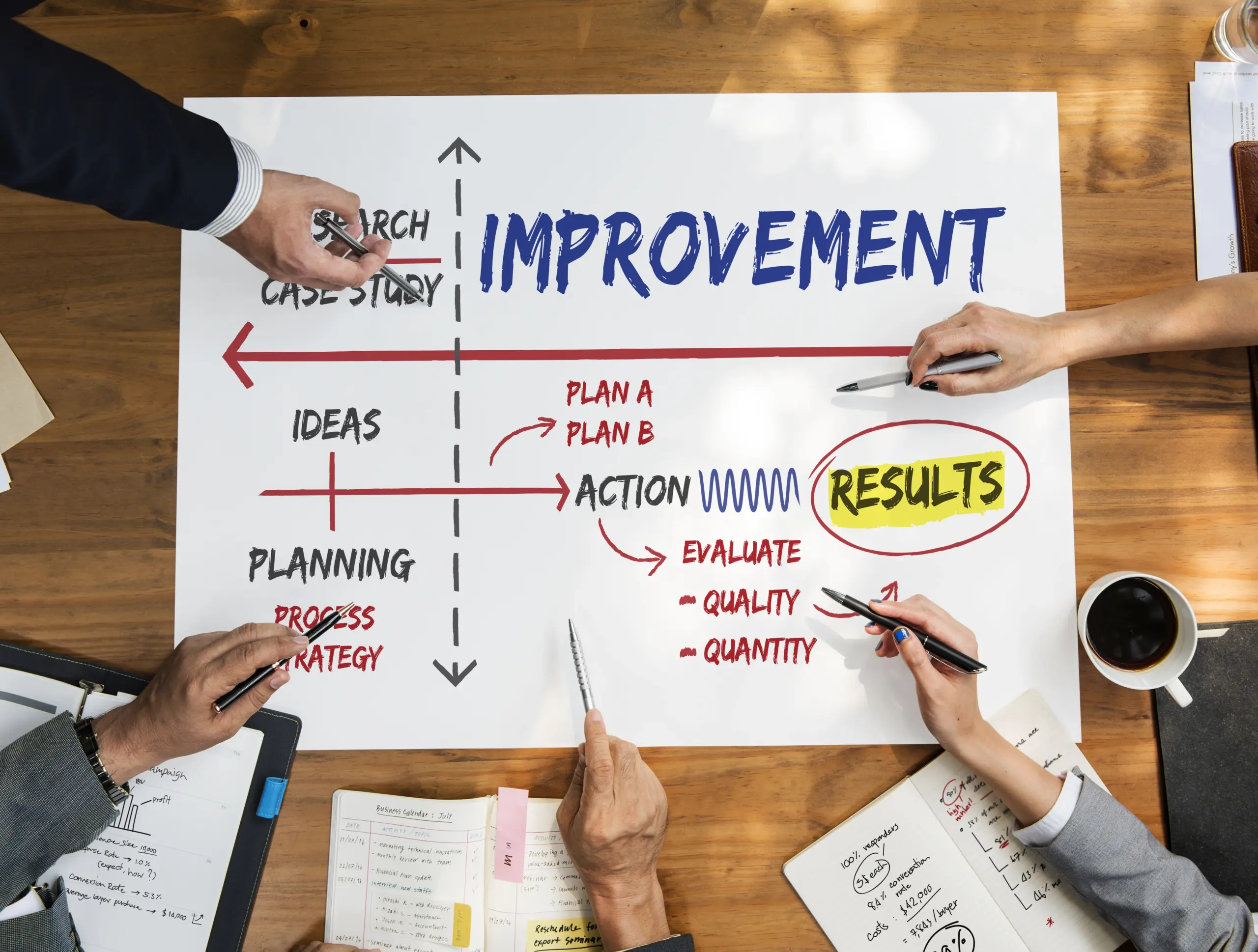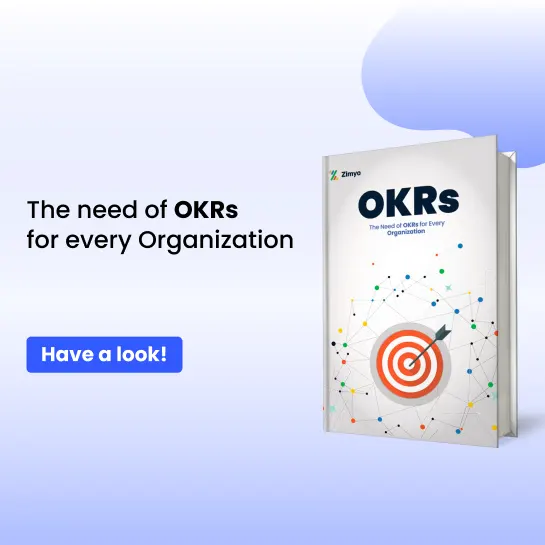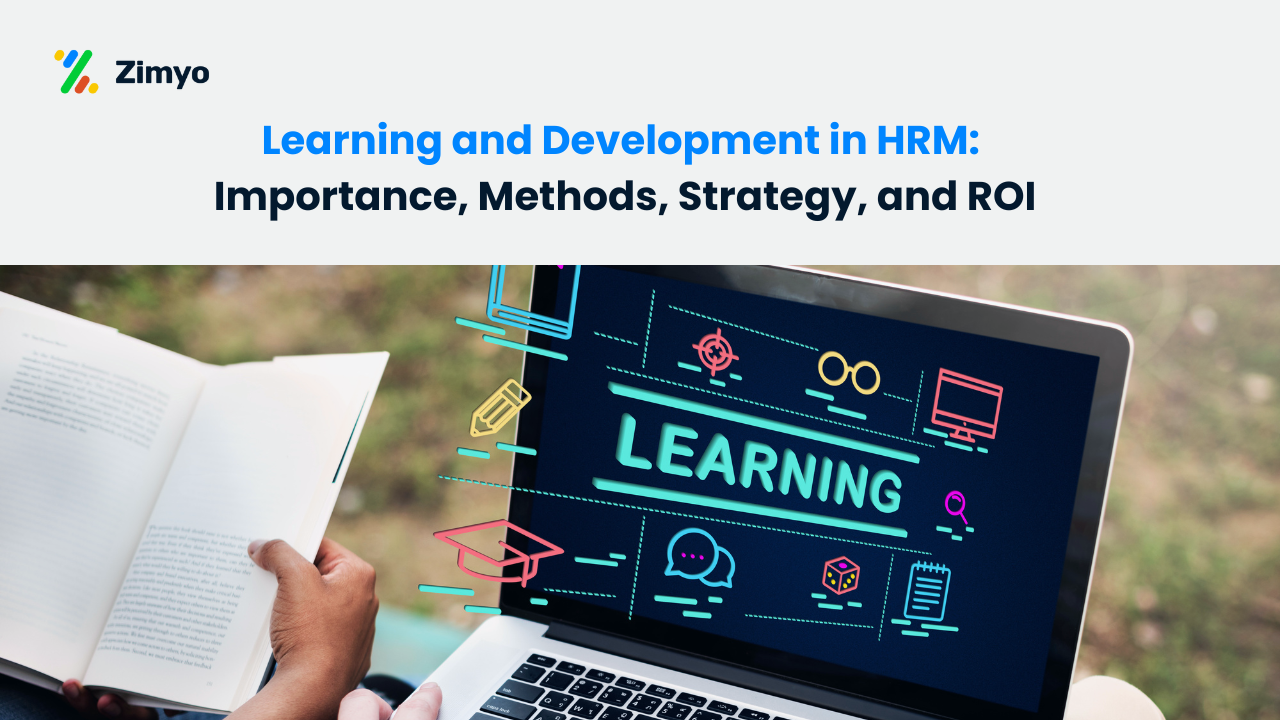Upskilling is no longer optional, it’s survival. In 2025, companies that invest in upskilling win. Others fall behind. The world of work is changing faster than ever. Technology is advancing every second. AI, automation, and digital tools are taking over repetitive jobs. That’s why employee upskilling is now the biggest priority for future-ready teams.
What is Upskilling Meaning?

Upskilling means helping your employees learn new skills to do their job better. It’s about preparing them for future roles. It’s about making your team stronger, smarter, and faster.
According to LinkedIn's Workplace Learning Report 2024, "94% of employees say they would stay longer at a company that invests in their learning and upskilling." That’s a powerful reason to start now.
LinkedIn's Workplace Learning Report 2024
Check out our glossary term Upskill to better understand the upskilling meaning.
What is Upskilling Definition?
The official definition of upskilling is:
"The process of learning new skills or of teaching workers new skills."
Cambridge Dictionary
Alternatively, as defined by the OECD (Organization for Economic Co-operation and Development):
"Upskilling refers to the provision of training to workers to help them develop new competencies needed in their current occupation due to changing job requirements."
OECD
What is Employee Upskilling?

Employee upskilling is the process of helping current employees learn new skills or improve existing ones so they can perform better in their current roles or take on new responsibilities in the future.
It’s not about training someone for a completely different job (that would be reskilling). Instead, employee upskilling focuses on keeping employees updated as their job changes due to technology, market shifts, or business needs.
Example:
A digital marketer learns how to use AI tools or advanced data analytics to run better campaigns. They’re still doing marketing, but smarter, faster, and with new skills.
Why It Matters:
- Prepares employees for future challenges
- Improves job performance
- Boosts confidence and morale
- Reduces the need for external hiring
- Helps companies stay competitive
In short: Employee upskilling = future-proofing your team.
What is Technology Training & Upskilling?

Technology training and upskilling means teaching employees how to use new digital tools, software, or systems so they can work better and faster in today’s tech-driven world.
It focuses on improving tech knowledge, whether basic or advanced, based on what the employee’s role requires. It’s a major part of employee upskilling, especially in 2025, where nearly every job involves some level of technology.
What It Includes:
- Learning to use software/tools:
Like Excel, CRM systems (e.g., Salesforce), or collaboration tools (e.g., Slack, Microsoft Teams).
- Understanding automation & AI:
Learning how to work with AI tools, chatbots, or process automation platforms.
- Data training:
Using tools like Power BI, Google Analytics, or Tableau to analyze data.
- Cybersecurity basics:
Knowing how to protect company data, recognize phishing attacks, etc.
- Cloud computing skills:
Working with platforms like AWS, Azure, or Google Cloud.
Example:
A sales executive learns how to use a CRM (Customer Relationship Management) platform like Bitrix24 or Salesforce to track leads and automate follow-ups. This is technology upskilling because it helps them do their job better using tech tools.
Why It’s Important:
- Speeds up everyday work
- Reduces human errors
- Helps teams adopt new systems easily
- Prepares employees for digital transformation
- Keeps companies competitive in tech-heavy markets
In simple words: Technology training & upskilling = teaching your team the digital tools they need to stay smart and sharp.
Check out our glossary on Training And Development to better understand the exact meaning of Technology training and upskilling.
Now, let’s explore the top 10 strategies for upskilling employees in 2025 and why they matter more than ever.
Top 10 Strategies for Upskilling Employees in 2025

1. Define What Upskilling Means for Your Business
Before you start, know the upskilling definition in your context. Every business is different. Upskilling for a retail brand might mean customer experience training. For a tech startup, it could be coding or AI tools. The first step is to identify skill gaps in your current team.
Use surveys, manager feedback, and performance reviews to find out what skills are missing. Then build your upskilling and reskilling roadmap.
2. Launch an “Upskill Yourself” Culture
Upskilling is not a one-time event. It’s a mindset. Encourage employees to take charge of their own learning. Support them with tools, platforms, and time. Make upskilling part of daily work.
Create internal newsletters about success stories. Reward people who learn new things. When employees see that upskilling examples are valued, they’ll feel motivated to grow.
3. Use Microlearning for Maximum Impact
In 2025, attention spans are short. Nobody wants 3-hour training videos. Microlearning means short, focused lessons. Think 5-minute videos, 10-minute quizzes, or quick skill tests.
Tools like EdApp and Coursera for Business allow companies to design microlearning journeys. It’s the fastest way to deliver technology training & upskilling to large teams.
4. Focus on Reskilling Too
Reskilling meaning is slightly different. While upskilling means learning more for your current job, reskilling is learning for a new job. For example, a data entry operator learning to become a data analyst.
Companies like Amazon have already reskilled over 100,000 workers under their “Upskilling 2025” initiative. (source: Amazon’s Upskilling 2025 report)
Reskilling and upskilling go hand in hand to build a future-ready workforce.
5. Offer Real-World Projects as Training
Learning from books is good, but learning by doing is better. Allow employees to work on small internal projects outside their usual role. A graphic designer might take a stab at UI design. A marketing intern might try performance ads.
This helps teams apply new skills in a safe space. It’s one of the most practical upskilling examples for modern teams.
6. Partner with External Experts
Don’t try to teach everything yourself. Use industry leaders, tech trainers, and external coaches for high-level topics. From AI to cybersecurity, there are certified programs available online.
Companies like UpGrad, Simplilearn, and Harappa offer business-focused upskill development missions. Choose the ones that suit your needs.
7. Make Technology Training & Upskilling Mandatory
In 2025, digital literacy is as basic as reading. Everyone, whether in HR, finance, or logistics, needs to understand tech tools. Make technology training & upskilling part of onboarding and annual reviews.
Train them on tools like Microsoft Power BI, Google Workspace, AI co-pilots, and workflow automation. These are the real job skills of tomorrow.
Check out our blog to learn the Importance of Training and Development in HRM.
8. Go For Internal Learning Platforms
Build an internal knowledge base. You don’t always need expensive courses. Your existing team has experts too. Use them.
Create learning hubs where employees upload guides, record quick videos, or host peer sessions. Internal learning is low-cost and high-impact.
9. Set Clear Goals and Measure Progress
Upskilling and reskilling won’t work if you don’t track it.
Set learning KPIs (Key Performance Indicators). For example:
- % of employees completing at least 2 learning modules per quarter
- Number of team members certified in a new skill
- Post-training performance improvement scores
Use tools like Zimyo Learning Management Systems (LMS) to track progress and issue certificates.
10. Link Upskilling with Career Growth
If employees upskill but see no career benefit, they’ll lose interest. So connect upskilling with appraisals, promotions, and pay raises.
Create visible paths. For instance, if a content writer learns SEO and analytics, show them the way to become a digital marketing manager. That’s how you build a truly future-ready workforce.
Conclusion: The Time to Upskill is Now
The workplace of 2025 is not about titles. It’s about talent. And talent needs sharpening. Upskilling employees is the sharpest tool in your HR strategy.
Let’s recap the key benefits of upskilling:
- Increases productivity
- Increases employee loyalty
- Saves money on hiring
- Helps teams adopt new technology
- Future-proofs your business
Companies that ignore upskilling now may not survive tomorrow. As per World Economic Forum, 50% of all employees will need reskilling by 2025.
So don’t wait. Start your reskilling and upskilling for a future-ready workforce today.
Bonus Tip: Free Upskilling Resources to Explore
Here are some great platforms for starting your upskilling journey:
- Coursera – Great for tech and business upskilling
- edX – University-backed courses for all levels
- Google Skillshop – Free training in digital marketing, analytics, and more
- Microsoft Learn – For IT, AI, cloud, and more
- LinkedIn Learning – Soft skills, leadership, and tech training in one place
If you’re serious about growth, make employee upskilling a core part of your culture. Because the future doesn’t wait. And neither should you.
Check out our blog on How To Conduct Skills Gap Analysis- Guide For HRs to better understand the upskilling process.
What does it mean to upskill employees?
To upskill employees means to help them learn new skills or improve their existing skills so they can do their current jobs better or take on more advanced roles in the future.
It’s about teaching employees modern, relevant, and in-demand skills, especially when job requirements change because of new technologies, market trends, or business goals.
For example, if a customer service team learns how to handle AI chatbots or use CRM software effectively, that’s employee upskilling. They’re still doing customer service, but in a smarter and more tech-savvy way.
In short, upskilling employees = making your team smarter, faster, and future-ready.
What is employee skill development?
Employee skill development is the process of helping employees build new skills or strengthen existing ones so they can do their jobs better and grow in their careers.
It includes training, learning programs, workshops, coaching, or even on-the-job experience, all aimed at improving how employees work.
For example, a finance executive learning advanced Excel, or a designer learning a new software like Figma… that’s skill development.
Employee skill development is important because it raises productivity and helps employees grow faster in their roles. It prepares them for future leadership positions by building the skills they need to take on more responsibility.
As employees become more skilled, they make fewer mistakes and deliver higher-quality work. It also increases their job satisfaction and loyalty, as they feel valued and supported by the company.
What is an example of upskilling?
An example of upskilling is: A marketing executive learns how to use Google Analytics and AI-based tools to run better ad campaigns.
They already know basic marketing, but by learning new digital tools, they become more skilled and efficient in their current role.
Other upskilling examples include: A salesperson may learn how to use a CRM tool like Salesforce to track leads and follow up with clients more efficiently. An HR professional might get trained in using HRMS software to manage payroll, attendance, and employee records with ease.
Similarly, a teacher may take an online course to learn how to teach using digital whiteboards or e-learning platforms, improving virtual classroom engagement. Even in manufacturing, a factory worker may upskill by learning how to operate smart machines and digital control systems, making production faster and more accurate.
What are the benefits of upskilling employees?
The benefits of upskilling employees are powerful and long-lasting for both the employees and the company. When employees learn new skills, their job performance improves, they work faster, smarter, and with fewer mistakes.
Upskilling also increases employee satisfaction, as it shows that the company values their growth and supports their development. This, in turn, boosts confidence and motivation. It also improves retention, as employees are more likely to stay in a workplace that invests in their learning.
In fact, LinkedIn’s Workplace Learning Report states that 94% of employees would stay longer at a company that helps them upskill.
Another key benefit is reduced hiring costs, when current employees gain new skills, there’s less need to recruit externally, which saves time and money. A regularly upskilled workforce is also more adaptable and ready to take on changes in technology or market needs.
Upskilling even helps identify and develop future leaders within the team. Most importantly, it gives companies a competitive edge by keeping their talent updated and future-ready. In short, upskilling leads to stronger teams, smarter work, and greater business success.
How To Conduct Skills Gap Analysis- Guide For HRs
Upskill | Meaning and Definition
Artificial Intelligence in Recruitment
Rise Of AI In Recruitment: How Will It Impact HR?
The Evolution of HRMS: Harnessing AI and Automation for the Future
Training And Development | Meaning and Definition
Importance of Training and Development in HRM
𝐀𝐮𝐭𝐨𝐦𝐚𝐭𝐢𝐨𝐧 & 𝐇𝐑: 𝐀 𝐊𝐧𝐨𝐰𝐥𝐞𝐝𝐠𝐞-𝐏𝐚𝐜𝐤𝐞𝐝 𝐒𝐞𝐬𝐬𝐢𝐨𝐧 𝐚𝐭 SGT UNIVERSITY






